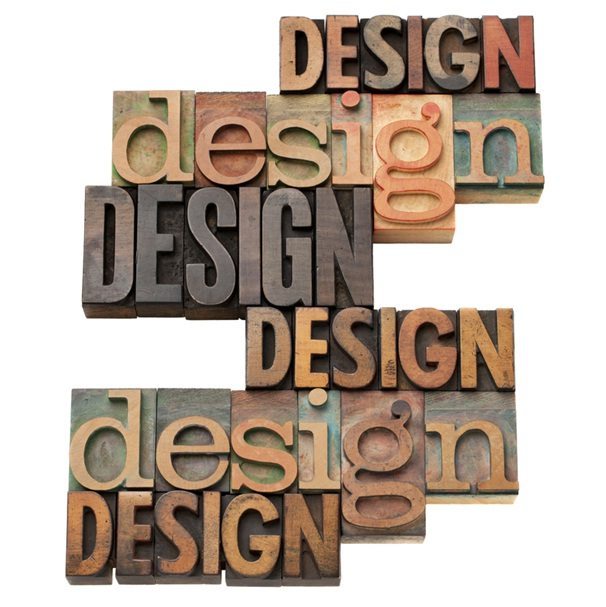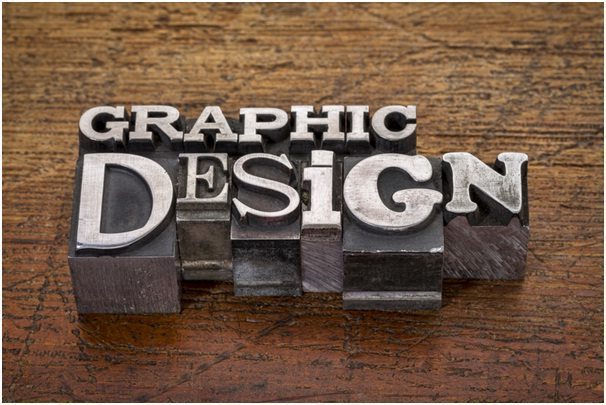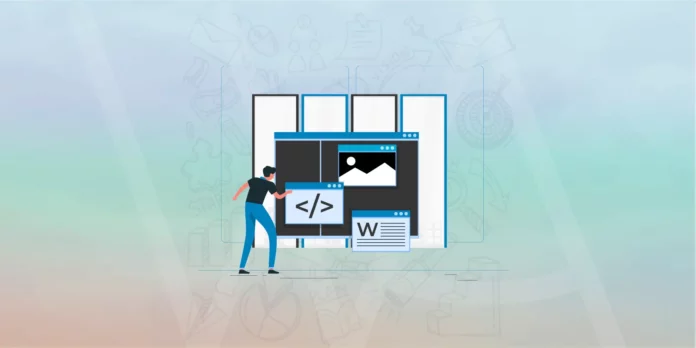Typography is a technique of arranging typefaces and fonts for the goal of making written language not only easily readable but also very appealing to the eye. It is an art that requires special skills and, most of all, a lot of creativity. Typography is one of the essential techniques that every graphic designer must master to make their every design impeccable.
The typeface you choose and the way you try and make it work with your design theme, color scheme, grid, and layout is exactly what will make a huge difference in your designs and determine their ultimate quality. That is why you need to know the basic rules of typography so that you can make sure that everything you create that has a headline or some other typographic element results not only in a good design but also in a fantastic design.
Therefore, take a look at the basics of typography that will help you learn how to become a professional graphic designer who will know exactly how to create the best possible designs to capture the eye of every beholder.
The Difference between Fonts and Typefaces
Before you delve deeper into typography, you need to know the absolute basics. Do you know the difference between fonts and typefaces? A font represents a group of typefaces with similar characteristics, while a typeface is an individual member, so to speak, of a particular font.
Here is an example of the Gotham font, along with its typeface variations, so that you can better understand the difference.
For you to be able to make the best decision regarding fonts and their typefaces, you should know those that represent the big players in the field. Some of the most popular fonts are Display, Hand Lettering, Serif, Sans Serif, and Script.
A Display font is often used in newspaper headlines, on movie posters, and banners. Its goal is to instantly capture the attention of viewers and emphasize a particular area. However, it doesn’t work well in large quantities, so it should never be used as a body copy.
Hand lettering is a font that looks like someone’s handwriting, which adds a human element to a particular design. That is exactly why a lot of graphic designers use it so that they can engage people and make them relate to their designs.
A Serif font differentiates itself by the projection at the end of a stroke, which you can typically see at the bottom of the letters. On the other hand, Sans Serif doesn’t have those little “feet” at the bottom. It usually looks more modern than Serif, but it can be hard to read at a small size.
Script tends to look professional, and it is one of the most elegant fonts out there. It is usually used for wedding invitations, as well as for certificates and diplomas. However, this font doesn’t work well at small sizes, and it shouldn’t be used as a body copy.
How to Choose a Font?

There are quite a lot of different fonts you can choose from, many of which are breathtaking, which can make choosing the right font for a particular project very daunting. How can you choose the one that will work best with your overall design? The key, of course, is to have a creative intuition, but you also need to have certain typographic considerations in mind, so here are the essential ones.
1. Size
When you are pairing different typefaces, you need to consider their height (known as x-height) and their width (knowns as set width). You should use typefaces that are similar in height and, regarding width, you need to watch out for the buffer space between letters to perfectly pair the chosen typefaces.
2. Leading
Leading represents the vertical space between type lines and, to make your text easily readable, you should make sure your leading value is 1.25 do 1.5 times greater than the size of your font.
3. Tracking
Tracking refers to the act of spacing the characters, which should be done evenly.
4. Kerning
Kerning is similar to tracking, but it represents the adjusting of spaces between characters. Take an uppercase “A” and an uppercase “V,” for instance. You need to pair them in a way that their diagonal strokes are perfectly kerned.
5. Measure
You need to consider the measure if you want your readers to be able to read your text for the best possible experience. Measure refers to the width of a text block.
6. Hierarchy
You need to achieve an ideal hierarchy, which you can do with size, spacing, weight, and color. For instance, you need to include typefaces of different sizes for a large body copy, so that the headings can be emphasized by being the largest, while sub-headings and body type are smaller (the latter being the smallest).
The Most Important Terms You Need to Be Familiar with
There are a lot of terms and concepts in regards to typography that you must be familiar with, so make sure you explore them all before you can start working on your first project. Here is a visual representation of the most important ones, but have in mind that a glossary of typographic terms includes many, many more of them, so make sure you check them all out.
You certainly understand the reasons why typography is your magic bullet. It can make each and every one of your designs look astonishing, and it can provide them with a unique personality that will instantly grab the viewers’ attention. That is why it is crucial to learn all of the typography rules and to know exactly how to apply them in a variety of situations so that they can always result in the most stunning and creative designs. Therefore, make sure you delve deeper into the matter, as the basics above represent just the tip of an iceberg.






